The ability to teach imagery in literature is incredibly important. It could be the difference between the reader being riveted to your writing or being bored and turning away. But teaching imagery in literature can be a very difficult thing to do. It takes much study and practice to become proficient at it. And to some students, it can be a hard concept to grasp.
So how do we teach imagery in literature? We start by breaking it down into an easily understood concept for our students and then showing them different examples in existing literature and other sources. Finally, we help them to write their own examples of imagery in literature before assigning them their own creative writing project, where they will be able to show mastery.
This is a step by step guide that will show you how to introduce it to your students in a way they can easily understand and immediately be able to recognize it in the literature they read. They will also be able to immediately start implementing it into their own writing.

Table of Contents
What is Imagery in Literature?
According to Literaryterms.net, the definition of imagery in literature is “language used by poets, novelists and other writers to create images in the mind of the reader. Imagery includes figurative and metaphorical language to improve the reader’s experience through their senses.”
It makes sense to most of us that our sense of sight is utilized in literature by the act of reading itself, especially if images are included in the passage. And we can even understand the sense of hearing being used in the act of being read to or possibly listening to an audio book.
But imagery goes so much further. It puts words and thoughts together in such a way as to make the reader feel as they are actually experiencing what you are talking about with their own senses. How can your writing do that when you have no contact with the reader and his/her senses? The quick answer is by mastering descriptive language. Let me show you!
Sight
When thinking of sight in reading, we generally think of the words we are looking at while reading, or the pictures that are in the material. But sight in imagery in literature is so much more than that. It is getting your readers to see vivid pictures in their head based on beautiful, scary, fun, or any type of description you give them in the scenario of your writing.
So how do we do this effectively? The key is to use descriptive words that cause an emotional response from your reader. Combining emotional words with sensory words will help you to do this. And getting just the right combination will result in the idea you are trying to communicate to have a profound effect on your readers.
Here is an example sentence:
It was spooky and dim in the forest as Jane rushed through to get back to her house.
You can find many emotional and sensory word lists to help you in your writing with a quick online search. I am including an emotional words list (that one is at the bottom of all of the sensory sections) as well as sensory word lists here in this article to get you started.
They can be printed out in poster size or normal paper size, whichever you prefer. And they make great references to print up as take-home sheets for your students as well.
Sound
Since books don’t make noise (not counting audio books or those children’s books that come with recordings), imagery in sound actually means using the correct combination of sensory words in a way that your reader actually hears in their head what you are talking about. Here is an example:
She jumped at the shrill screech of an owl as she was trying to get through the thick woods to her house.
In this sentence, you get a pretty good picture of the sound that the owl was making when the girl was quickly trying to get through the woods to her home.
Here is a printable poster with some good auditory sensory words:
Touch
So now that we have already demonstrated imagery in sight and sound, you probably know exactly where I am going with touch.
Here is a great example of what touch looks like with imagery in literature:
The sticky webs clung to Sarah’s face as she crept quietly through the dark, creepy forest.
Here is the poster for tactile sensory words:
Taste and Smell
Taste is one of the strongest senses, especially when combined with smell. And that is exactly why I put these last two senses together in the list of senses. The two are an indomitable pair. Putting them together in literature will make for some amazing reading when done well!
As you teach imagery in literature, I found taste and smell to be the favorite sensory experience for the vast majority of my students. And honestly, I had a lot of fun with it myself.
I will talk more about how I capitalized on it in the classroom later, but for now, let me give you an example:
As Sam walked into the movie theater, the rich, buttery smell of the popcorn made his mouth water instantly. Ten minutes later, he was enjoying the crisp, extra-buttery flavor and texture as he waited for the movie to begin. Good thing there were free refills!
And here are the posters:
You will want to draw the relationship between the sensory words and their categories. You will also want to point out to your students how many words fit into several of the categories. This is especially true with the taste and smell words.
Emotional Word List
All of the sensory word lists can be very powerful tools for communication and writing. But when students add emotional words to them AND use them well, their writing will rise to a whole new level.
Here is a printable poster to get you and your class started:

How to Help Your Students Work With Imagery
So, now that you have tons of words that your students can start with (and even add their own words to the lists), it is time to start working directly with imagery in your students’ writing.
Begin With the Familiar
A great starting point is to take a few of the books you have already done in class or are currently doing and pull out some excellent examples of imagery.
This will be a fun activity to do with your class because it will open up a whole new perspective of the books they have been working on. The conversation surrounding this activity will be rich!
Practice Makes Perfect
Next we start working directly with building sentences using the word posters above. Students have no limits to what words they can use or how many to begin so I can evaluate their use/overuse of the words in their work. What I do give them is a topic to write their sentences.
Actually, I try to do about five different topics. This allows them to think in several different spheres of knowledge. It also gives me five varied subjects so that I can hit something that everyone in my class is interested in. Making students write about things they don’t love can be very difficult.
And of course, the number five is not a rigid number. If they get it sooner then I would do three. If they need more help, then I would do a couple of extra ones.
Once you get this step down, your students should be ready to branch out on their own.
Don’t Overdo It!
Before we get to students branching out on their own, I wanted to bring up one aspect to imagery that can totally destroy the effect.
We’ve all read those books or essays in which the author uses ridiculous amounts of flowery language. We are so distracted by the overuse of words that we totally miss the point or experience of the writing. And often, we just prefer to put the book away and be done instead of reading on and finishing it.
We need to make sure our students don’t think that the more words we use the better. Balance is key here just as it is in most other cases.
Assigning Your Students Their Own Imagery Project
Okay, so now you have given your students all the tools they need to be able to recognize and use imagery in their own literature. And you have given them practice in working with it while you supervised to make sure they fully comprehended it. Now it is time for them to take it and run!
For the students that have no problems with creativity or coming up with their own writing projects, let them take it and have fun. For those that need some help coming up with ideas, have a list of writing prompts handy for them so they aren’t agonizing forever about what they want to write about.
I have some writing prompts if you would like some ready-made ideas and they apply well to your particular class(es). Just click on them to check them out.
Writing Prompts that Reinforce Social Emotional Learning
Timely Middle School Writing Prompts
Conclusion
So this is how I was able to teach imagery in literature in a way that my students could really grasp the concept and then run with it on their own. I loved how excited they got when they realized what power good writing could have and how easily they could obtain the level of writing with a some focus and a great thesaurus.
How has teaching imagery in literature worked out in your class? I would love to hear from you!
If you enjoyed reading this article, I think you will also really enjoy the following related articles:
My 10 Golden Rules for Teaching Tone in Literature
12 Significant Ways to Improve Student Writing

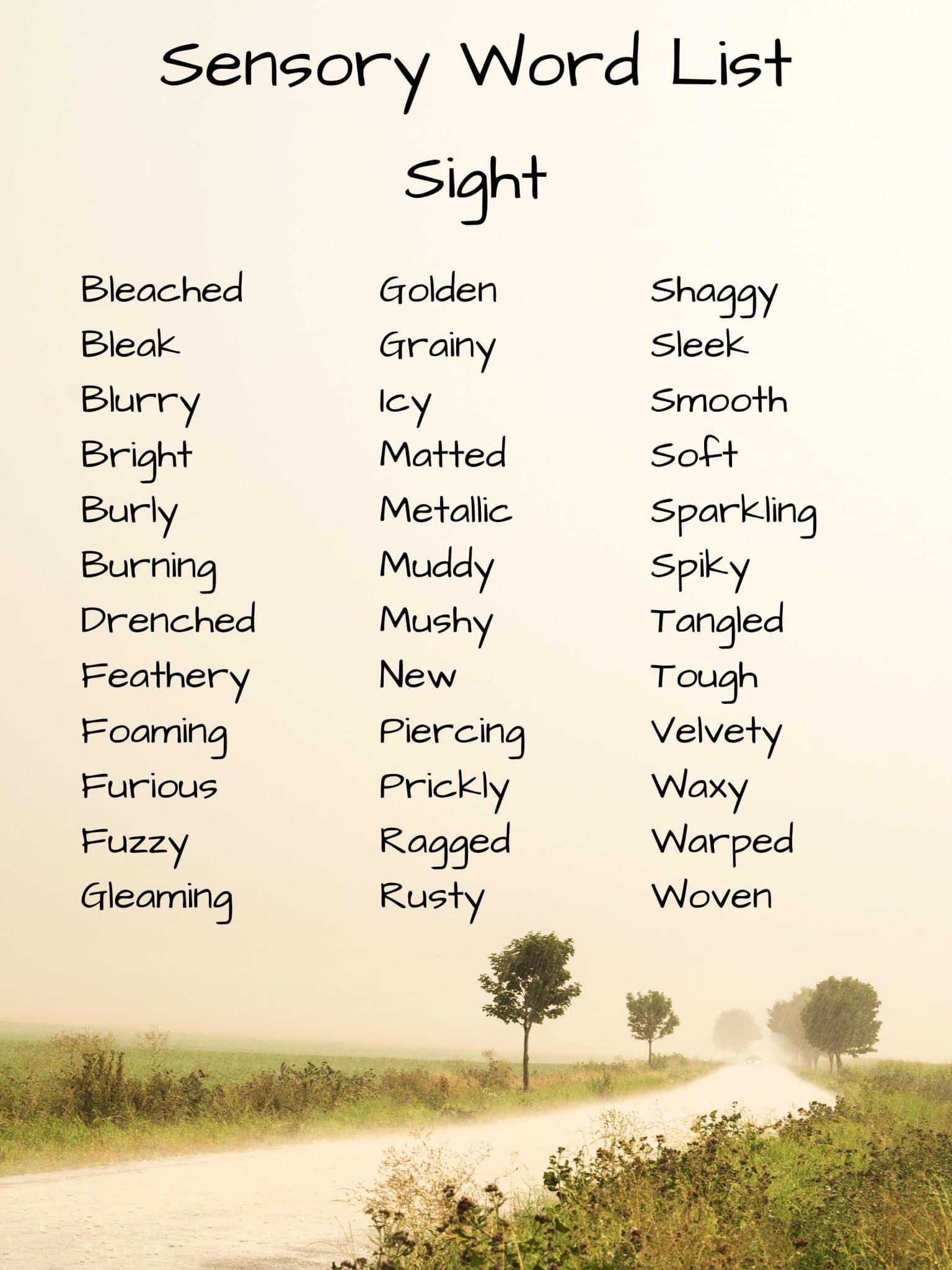
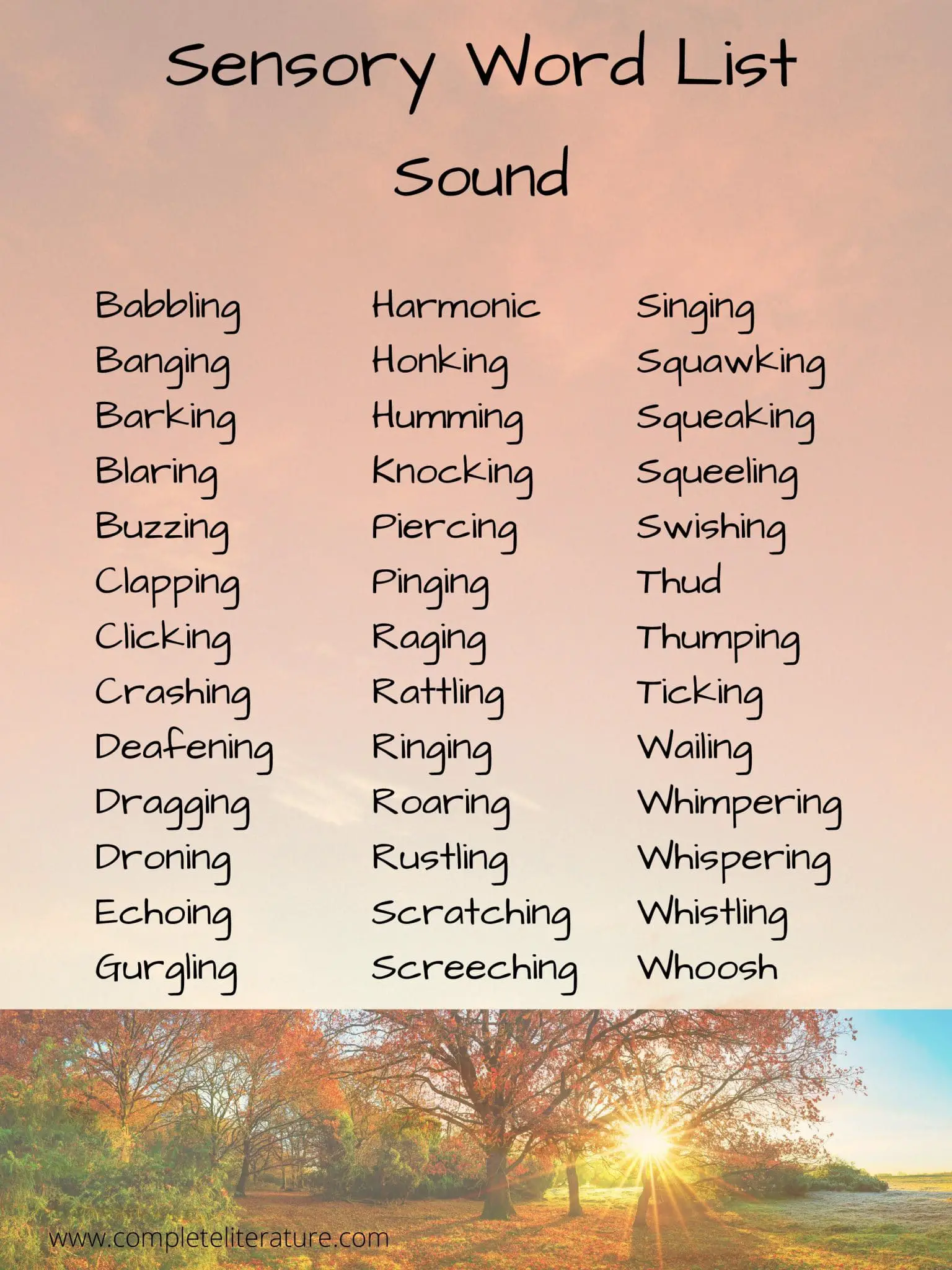

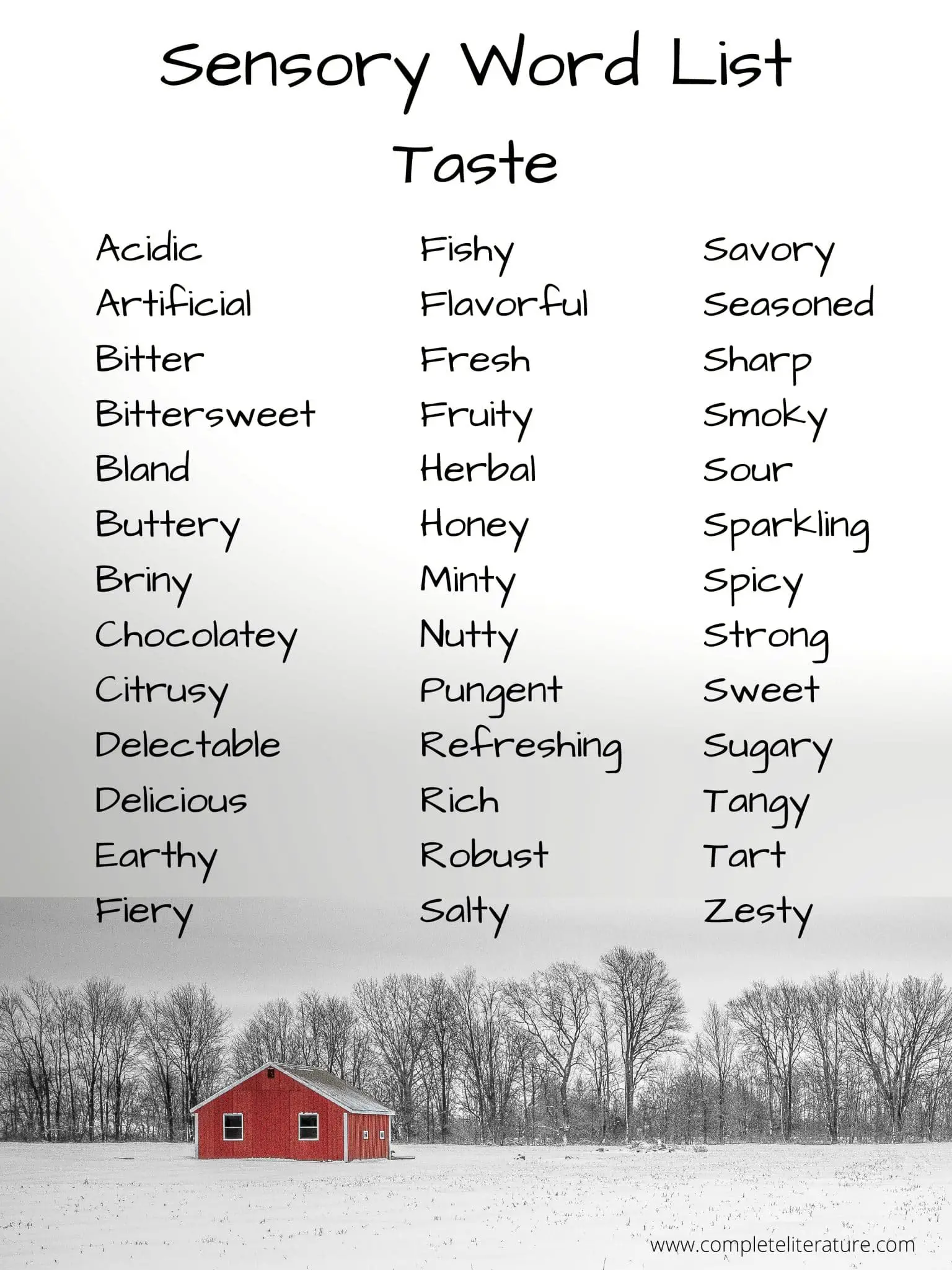


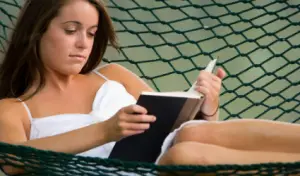
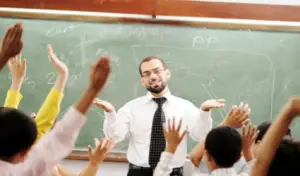

I love this. I’m not a teacher but I could work with my daughter on these.
Yes, you absolutely could work with your daughter with these! Thank you for sharing your thoughts, Ashley!
Yet another brilliant post that could be of use not just for educators, but parents as well.
Thank you! I do hope that parents are able to glean as much from my site as teachers. I would love to help anyone who is in relationship with kids!
once again — a terrific post!! this must be a minefield of wealth for teachers. i remember reading or being read books and my imagination going wild as i traveled to those places mentioned in the books.
Yes! I was the same way with books. I could almost always imagine myself in whatever story I was reading.
Nnnniiicccceeeeee….the major key is using more descriptive words, as much as we can. They will invoke emotions which will in turn churn us to think deeply about things.
You are exactly right, Ntensibe! Thank you for sharing your thoughts.
What an interesting topic. I have never thought of “imagery” as a concept but I really enjoyed reading your reflections on what imagery is.
I hope you are able to use it for your own future writing endeavors! Thank you for sharing your thoughts!
Oooh I love this. Despite not being a teacher I could definitely work with my nephew on imagery in literature.
Yes! I bet he will love seeing how much using imagery can change the way we communicate, even at his young age!
i dont think i ever written that before but your blog posts really help me with helping my own child so thank you for sharing your wisdom
Thank you, Pati! I am glad that I can help!
These are great ideas and definitely helping me in teaching my own kids with this matter. Thank you!
Yes, Gervin! This is great advice for teachers and parents!
Great guide! It’s a very important part of education if you ask me
Thank you, Lyosha!
What a great idea! I know now that many teachers and parents will really appreciate you creating this guide for sure x
Thank you, Melanie! And yes, I do hope that many teachers and parents find this information valuable to their own experiences.
I remember that sometimes in school we had to identify some of these words and categorise them. But it was mostly in primary school.
I remember this too. She does a wonderful job showing us how to connect imagery.
Thank you, Laverne!
Yes, this is perfect for students that are just learning to write well. Then they can grow so much more through their writing in junior high and high school. Thank you for sharing your experience!
What a fantastic guide. I liked what you said about conveying sound through the correct combination of sensory words, so that your reader can sound out the words in their head.
This is the first time I heard about imagery in literature. It’s very helpful for young kids!
This is a great post from a learning perspective. Each person has a preferred mode of learning among visual, auditory, kinesthetic, and word-based. Knowing the right mode for the right person can speed up the learning process.
This is such an informative post, I learned alot about imagery literature. Being able to visualize a story is the the best thing about reading
I don’t hear much or see that many posts about imagery in literature but i see that this article is really helpful and informative especially for young children! Thanks for sharing these with us!
Wow, what a great guide! These will all be helpful, thanks for sharing!
As a teacher, this really helps to connect students with what they read. So helpful.
I am glad that you found this helpful, Laverne. Thank you for sharing your thoughts!
This super interesting, I did not know that imagery was so hard for kids to develop.
This is a great blog. I have learning troubles and in school i had to have special help so I know about different leaning
Wow, what a great way to teach imagery in literature! The step by step method is very much useful for teachers.
I love the use of imagery in literature. Teach them young!
Another great learning resource from you! Imagery gives a great sense of creative freedom and I guess teaching that at an young age is a great thing!
This is quite interesting and a great resource as well. Great help and thanks for sharing this with us.
I love this topic, always gives me a little bit of sense what I need to do and be prepared for. Thanks!
i have 2 kids so this topic was just what a needed!
kileen
cute & little
These are some great tips for kids. It is always good to encourage to learn and to try new things , even in the first place its hard but you’re right practice makes perfect.
Books have a special way of teaching not just our kids but also us. This is why I always encourage my kids to read 🙂
What a great Post. Yeah books have positive influence on kids especially those with sound. My kid love books with sounds. Thanks for sharing
I learn better through imagery and I believe my kids do as well. Their teachers have been incredible with teaching based on their needs.
I’m not a teacher but this post was extremely informative! I’m sure this really helps students learn!
Kileen
cute & little
I always enjoyed creative writing, even when I was younger. I can’t remember if we were taught about imagery specifically, since it was so long ago. But I know I learned how to use it. In my freshman college class, I remember the teacher reading aloud an excerpt from an essay I had written. “Clinging to a rock like a lizard is one place you might find me…” If I remember right the topic was to write about our hobbies or something, and I chose rock climbing.
This really looks interesting concept. Understanding imagery can help students improve their reading comprehension and writing skills. Thanks for sharing step by step
wow! great guide, I wish my family had it when I was little. great job
These are the most helpful word lists I have seen. I’m going to save them for my daughter, but I know that as I writer I can reference them too. Thank you for sharing this valuable content!
This is a very interesting, I have 2 young daughter’s and this is gonna help 👍
This is such an incredible guide, Marie! Super helpful for us parents who’d want help reinforce this at home.
I remember these lessons from when I was a kid. They were always my favourite, as I’ve always loved to write and create stories, but also felt like I flourished when writers got my imagination working full-force!
This is so interesting! Using descriptive, sensory, and emotional words are just so important for the imagination.
Imagery in literature! I’ve never heard of this to be honest, this is amazing!!!! I would for sure use it with my kids, amazing!!!
Such a great article! Thanks for sharing the posters. I will follow these tips for my nephew.
This post is very informative. Since the pandemic strikes, everyone is looking for a way to teach their kids.
This is a great list of words that we can use to stress “imagery” in literature. I’ll definitely take it into mind.
Seems interesting. I enjoyed reading your blog.
As someone who teaches English to foreign learners, this will come in really handy!!
I love how comprehensive your posts are as always. Imagery is really important because it’s the first thing they need to fully see in their heads what the story is.
Confusing method boiled down to this easy to learn step-by-step! Absolutely brilliant!
This is really good and I believe it will really help many kids!
I wish you were my teacher ☺ This is such a great post. I was visualizing everything while reading the post!
Oh this is really good. This will be helpful to kids especially today that kids are just homeschooling.
This idea and method is going to be very helpful and useful one indeed..glad you shared such interesting blog post with us..great work though..
So how do we teach imagery in literature? We start by breaking it down into an easily understood concept for our students and then showing them different examples in existing literature and other sources. Finally, we help them to write their own examples of imagery in literature before assigning them their own creative writing project, where they will be able to show mastery.